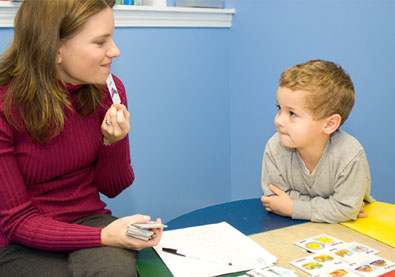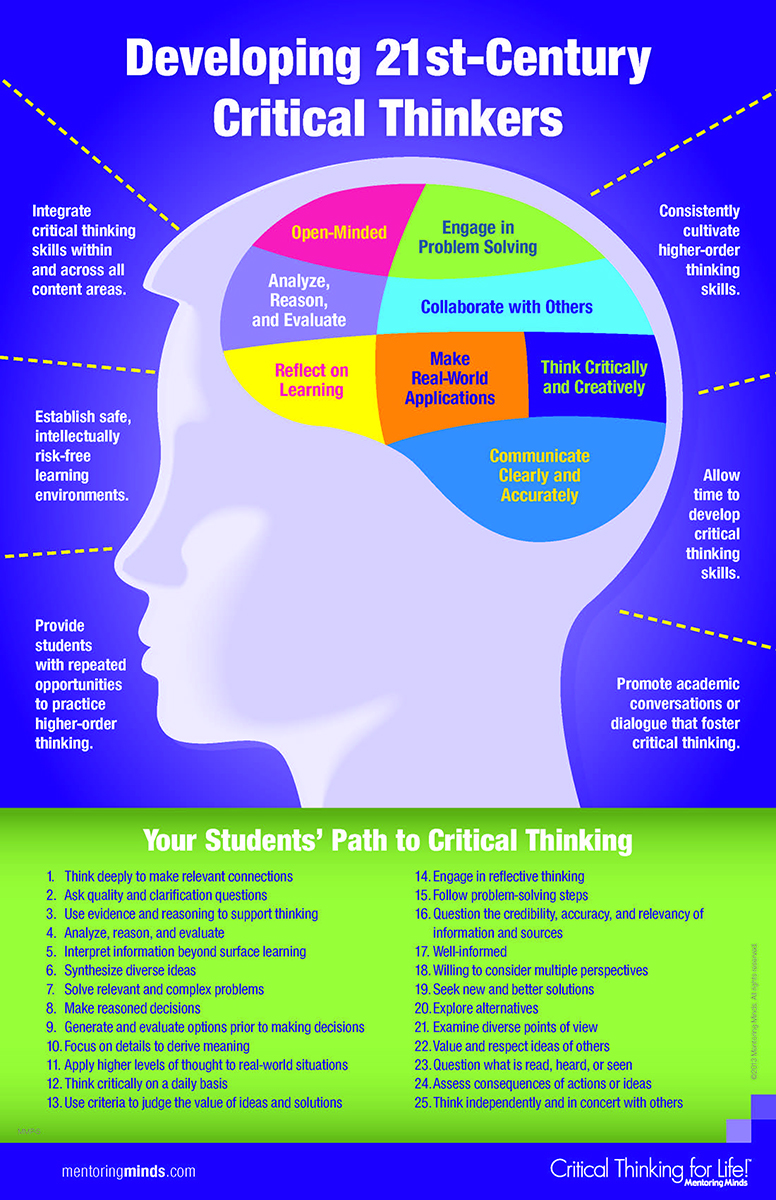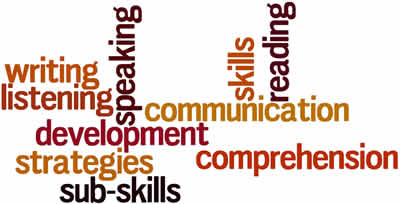
Image Courtesy of mentoringminds.com
As the time approaches when many children are headed back to another year of school, many parents are left wondering if their children are ready for what lies ahead. Communication milestones is one term used to describe an intricate weaving of skills and tools that are acquired. These skills include those involving reading, writing, speech, language, use of voice, and more. Communication milestones for children in the older elementary years can be more subtle in nature, but they are nonetheless extremely important.
Communication Milestones in 4th – 6th Grades
Most children have established a foundation of communication by the time they enter kindergarten, and the early elementary years are spent building on those, especially in areas such as reading and writing, as well as more complicated conversations. The older elementary years are no less important than these early years, but their progress might not seem as noticeable. It is during this time when the skills continue to increase at a steady pace, often all the way through high school (and hopefully beyond).
When it comes to communication milestones for older elementary students, look to see that your child is developing in these various areas, both in and out of school. Continue reading →





